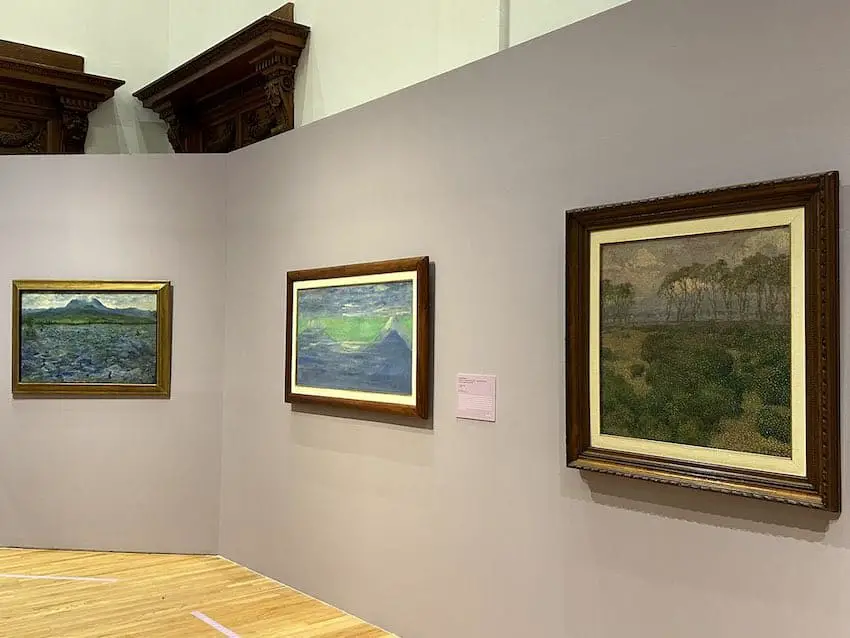Monet exhibit opens at National Museum of Art in CDMX

Three paintings by world-famous French impressionist Claude Monet, as well as several works by Mexican painters influenced by the impressionists, are on display in the National Museum of Art (MUNAL) in Mexico City until August 27.
This is the first time that one of the famous “Water Lilies”, painted in 1908, as well as the earlier “Valle Buona” painting from 1884, have come to Mexico. Both works are part of the collection of the Dallas Museum of Art in the United States. Together with “Landscape in Port-Villez” (1883), from the Soumaya Museum collection in Mexico City, the three pieces make up the “Monet: Lights of Impressionism” exhibit at the MUNAL.
The exhibit is complemented by works of great Mexican Impressionist masters from the MUNAL collection, such as Joaquín Clausell, Francisco Romano Guillemín, Armando García Núñez, Mateo Herrera and José María Velasco.
These Mexican artists portrayed the vegetation, mountains and volcanoes of Oaxaca, Campeche and the Valley of Mexico with impressionist techniques.
“It is an unprecedented exhibition in the history of the museum,” curator Héctor Palhares said, adding that impressionism “is the movement that attracts the most people, and the one that generates the greatest expectation as it continues to shape a core part of our contemporary culture.”
Impressionism is a technique in which artists try to capture movement and life as they experience it – an attempt to portray an “impression” of what they see.

“For Monet, the subject of his paintings turned more and more towards the surface of water,” the team in charge of the painter’s collection at the Dallas Museum of Art explained to El País newspaper. “By 1910, he had transcended the conventional limits of easel painting and had begun creating immense decorations culminating in the series of water lilies commissioned by the French Government for two oval galleries in the Orangerie, Paris.”
The piece exhibited at MUNAL is the antecedent to the “Water Lilies” of the Museum of the Orangerie – the most iconic of the water lily paintings – an enclosure that is considered the sanctuary of Monet, Palhares explained.
The “Valle Buona” painting, which represents a colorful journey through a landscape on the Franco-Italian border, was painted by Monet during his first trip to the Mediterranean to paint.
Finally, “Landscape in Port-Villez”, from the Soumaya Museum collection, provides a captivating experience in which Monet captured the reflections of the water of the Seine as it passed through a town.
The “Monet: Lights of Impressionism” talk will be hosted by Héctor Palhares on May 3, at 4 p.m., on the museum’s grounds. “The legacy of light in the landscape of José María Velasco” talk is scheduled for May 31.
With reports from El País and La Jornada
Source: Mexico News Daily

